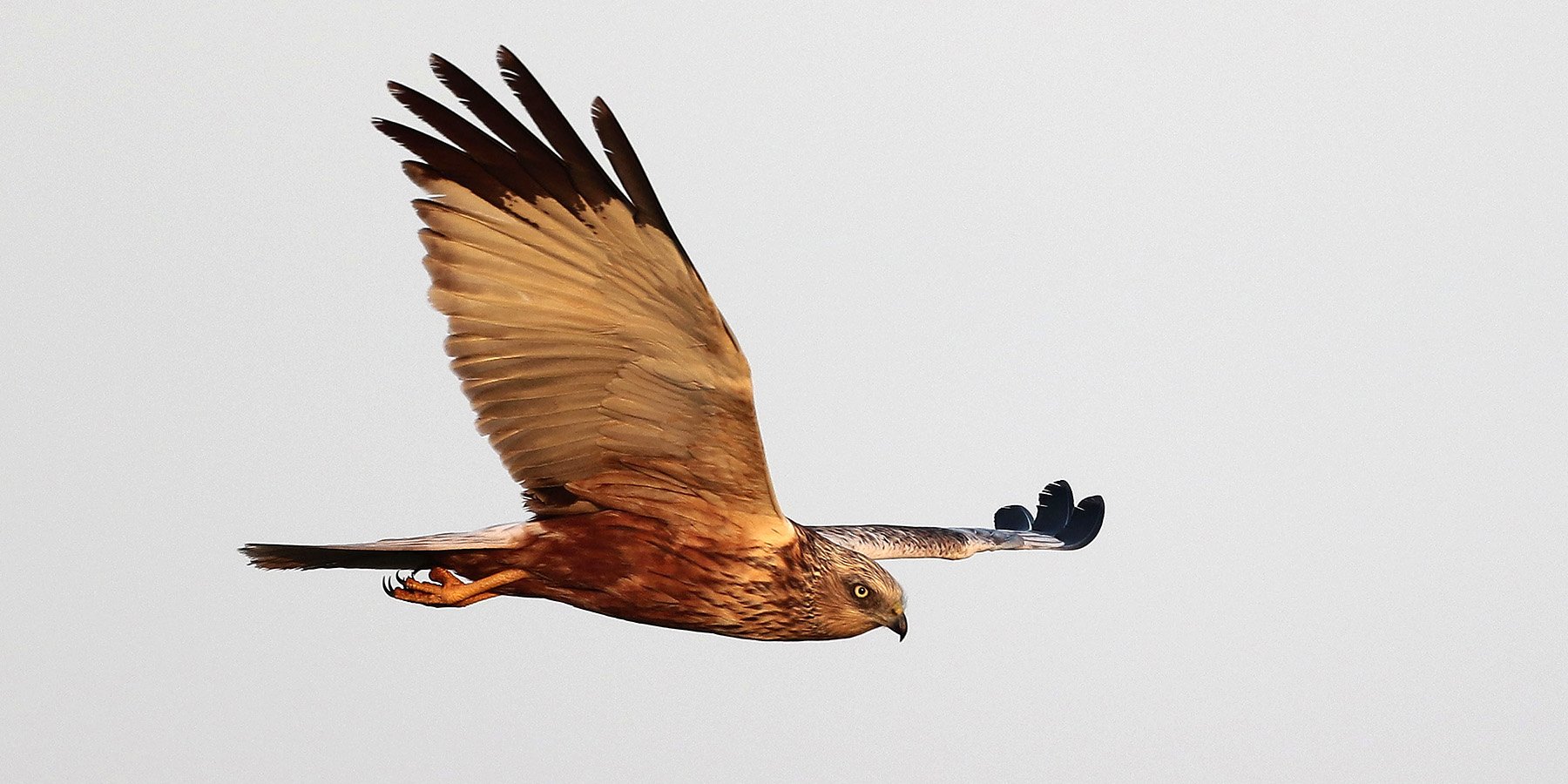The shrill carder bee (Bombus sylvarum) is one of the UK’s rarest bumblebees. It has declined sharply over the last century and is now only found in 7 areas in southern England and Wales, including the Gwent Levels.
The bee is a pale grey-yellow with a distinctive black band of hairs on the thorax between the wings. It has a reddish-orange tail and a distinctive high-pitched buzz. Queens are about 17mm long, whereas workers and males are much smaller.
Shrill carder bee queens emerge from hibernation later than other species, in May. Nests are built on the ground or just below the surface in thick vegetation, such as tussocky grassland. The queen will produce a small colony of around 50-70 workers, which can normally be seen from mid-June onwards feeding on a range of plants, such as white dead-nettle, hedge woundwort, red clover and meadow vetchling.
Towards the end of the summer the queen switches to producing males and daughter queens. After mating, the new queens find a hibernation spot, where they remain until the following year, while the old queen and her colony begin to die.
Shrill carder bees rely on species-rich wildflower grasslands and undisturbed nesting sites, both of which have been severely reduced in area during the 20th century. It is considered to be a priority species for conservation in England and Wales.
Record your sightings
Think you’ve seen a shrill carder bee? It’s important to record wildlife sightings with South East Wales Biological Recording Centre, which stores, manages and shares wildlife records from across the region. Follow the link below to find out how to record sightings.








